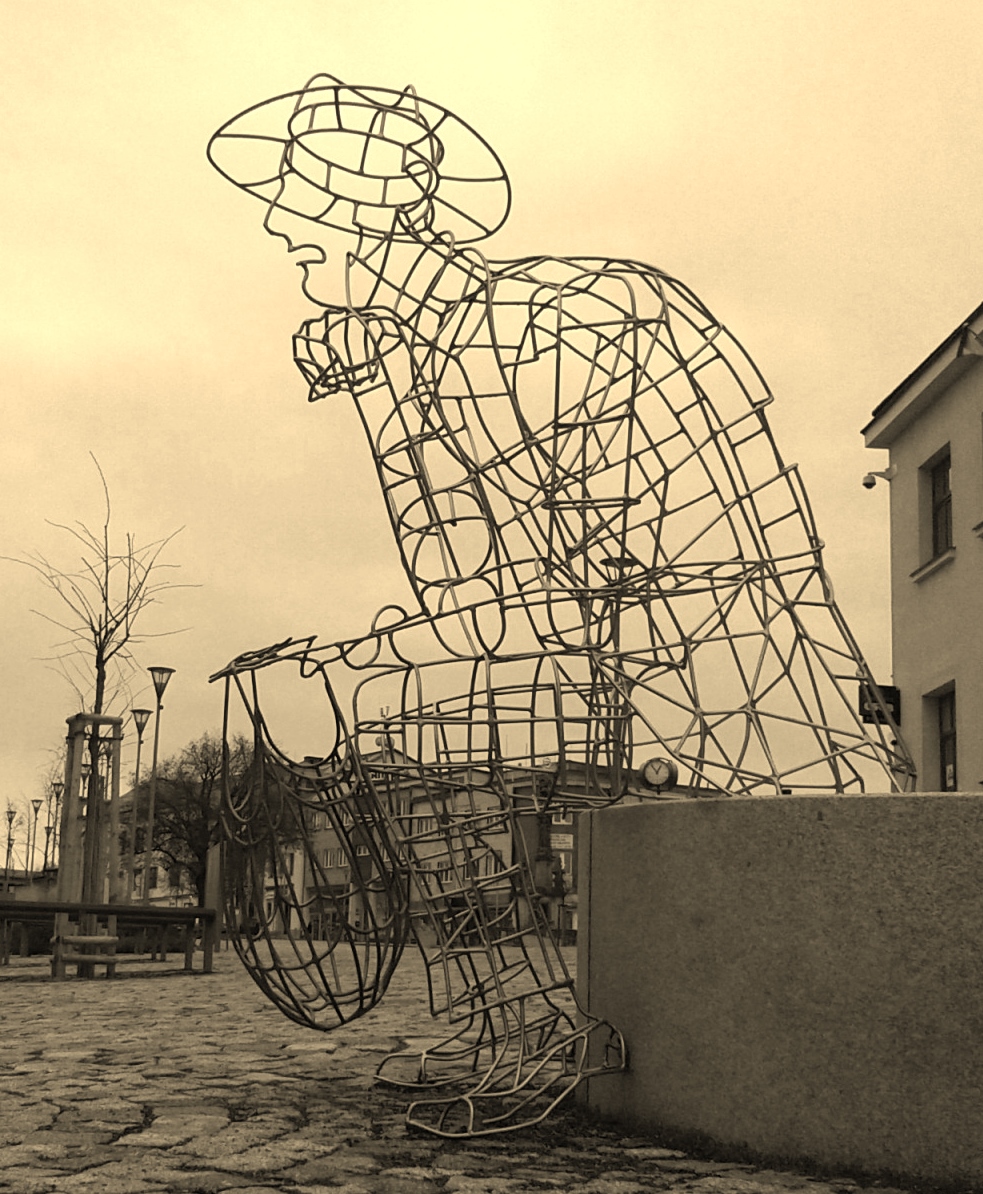The little amazing story about the invention of a netbag
At the end of the 19th century, in the Bohemian Moravian region Vysočina, netting, which had a long tradition in middle Europe, was a daily routine in almost every cottage. In the mountainous countryside, this type of manual production enhanced the family budget, particularly in the winter season, which lasted nearly half a year. It was such a significant phenomenon, as the then schoolmasters stated.
Children had to get up at 5 o'clock and make nets before their school started. And after they came home, they spend all their time hand-tieing the knots and preparing the nets for adults, who then produced variant types of things to sell (gloves, hairnets, decoration for costumes, church essentials).

Many children starved because of bad conditions, insufficient lighting, and exhaustion.
Into these times, one very bright, empathic, and inventive boy Vavřín was born in Austria-Hungary into the huntsman family. In his childhood he went back with his mother to her home town Žďár nad Sázavou in Vysočina. When he was 11 he learned the netting method from his mother and supported the family. In a few years, he joined the military music regiment in the army and had stayed there until WWI ended. Throat illness forced him to finish his army career, so his steps led him back to Žďár.
Here he started to work as a sales representative in a company (Jaro J. Rousek) trading with metal. He used his creativity and knowledge to invent the metal fishing net. Soon a lot of neighbors asked him to help to sell their products, especially hairnets. He promoted hairnets prosperously abroad, and he also gained reasonable price conditions. Because he valued the handwork of women, this type of cooperation tended to grow. Soon he made a lot of contracts personally in Germany, Austrian, and France, and quickly many new clients demanded the hairnets thanks to their quality and lovely design.
But it would not have happened if there were not for his immense organizing skills, business spirit together with empathy, and hard work.

What others would have considered at that time as the tremendous obstacles, that was again for him just a step into a new challenging opportunity. The new wave of a fashion haircut came together with the overproduction of cheap hairnets from Japan. Vavřín Krčil had to change the target of supplied goods.
One day he was playing with the net and got the idea to bind two handles to it. So the net bag was born in 1926.
This durable bag quickly became highly popular thanks to its light way, compact form, and utility. It was cheaper compared to the classical cotton bag, which needed 6x times more cotton yarn. So the net bag spread on plenty markets in Europe, Canada, Izrael and also in South Africa.
But V.Krčil wasn't just satisfied with just one prototype and began to offer different types of net bags:
-outdoor net bags
-bags for ball and sports
-net bags for bicycles
-nets bags for prams
Although communism escheated his facility and stopped his business, he continued to keep the heritage of this unique handmade method with his wife and focused on netting and decorating curtains. He worked for ULUV for example (The center of folk art production).
His story shows that no matter the circumstances and undertaken repression when a person does the best what he knows, his invention, courage, and creativity can result in a thrilling life mission.

Source of information:
https://chalupa-strzanov.cz/sitovani-na-horacku/historie/
https://nasivynalezci.webnode.cz/vavrin-krcil/
https://www.geocaching.com/geocache/GC4Z8MW_vavrin-krcil-a-sitovkaer your text here...
